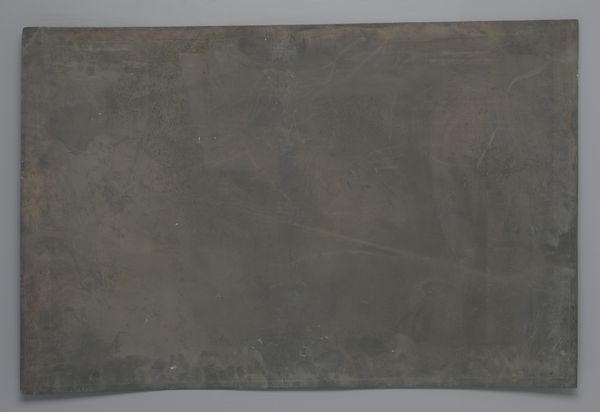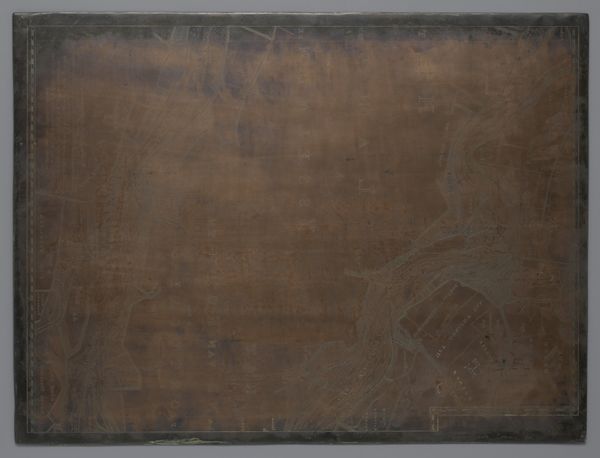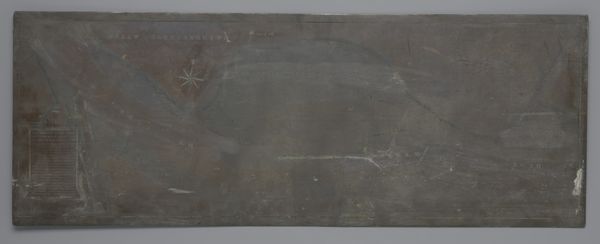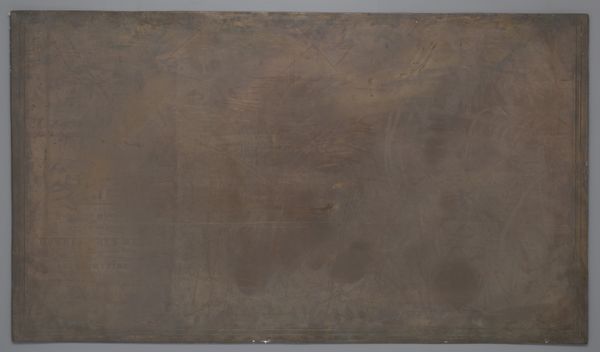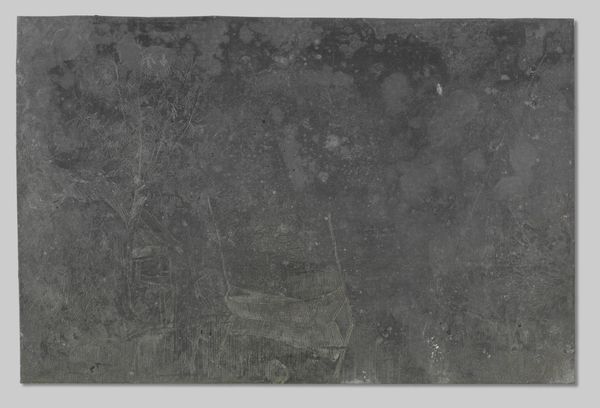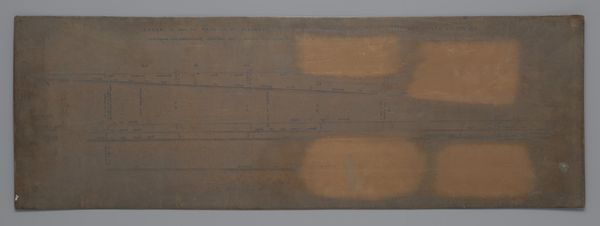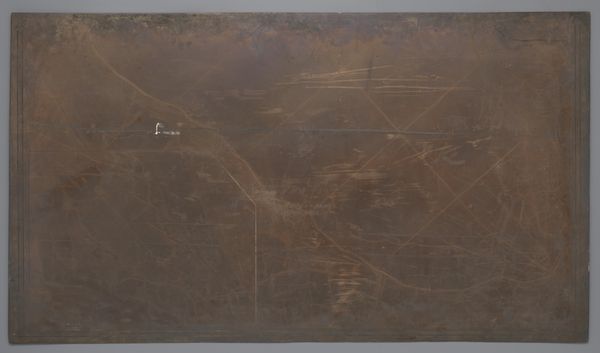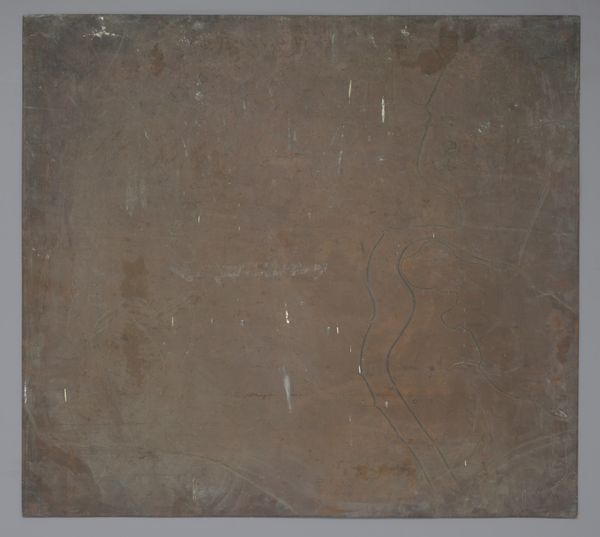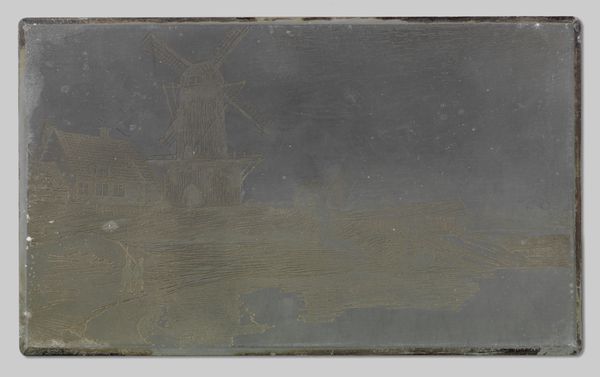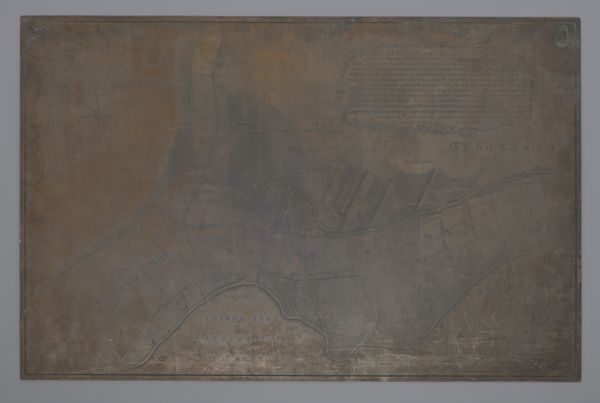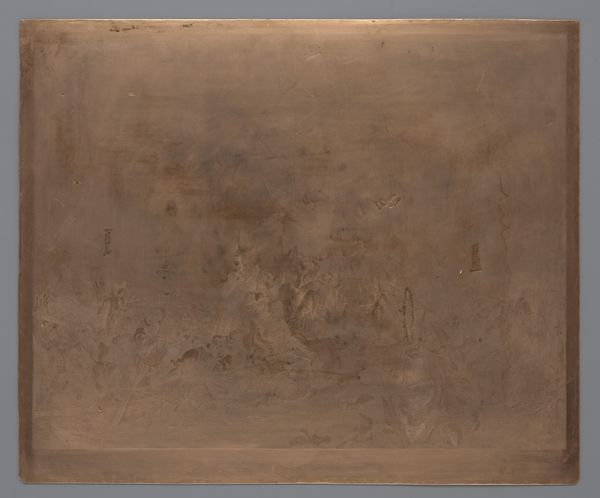
Koperplaat met de kaart van de rivier de Oude Maas van Lint en Krabbe, 1770 1771
0:00
0:00
#
faded colour hue
#
pale palette
#
water colours
#
muted colour palette
#
pale colours
#
white palette
#
paper texture
#
watercolour bleed
#
soft colour palette
#
watercolor
Dimensions: height 344 mm, width 953 mm
Copyright: Rijks Museum: Open Domain
Curator: This subdued watercolor painting by Leonardus Schenk Jansz, dated around 1771, is entitled "Koperplaat met de kaart van de rivier de Oude Maas van Lint en Krabbe." Quite a mouthful, isn’t it? Editor: Indeed! My first impression is of an almost ghostly landscape, veiled in muted tones. The pale washes of color lend it an air of quiet mystery. It’s surprisingly evocative, even with such a limited palette. Curator: It's fascinating how Jansz used such delicate watercolor techniques to represent what was essentially a functional map. This hints at the growing intersection of artistic skill and burgeoning industries like canal and road construction. Editor: I'm drawn to the almost abstract quality of the meandering line denoting the river's path. It's as much a symbolic gesture as a precise rendering. The subtleties of line and the variations in tone almost read as musical notations. Curator: I find the deliberate use of pale, earthy pigments particularly telling. Think of the dyes available at that time; bright colours were costly and difficult to source. This suggests a pragmatic approach dictated by economics, as well as artistic intention. Editor: Agreed. The way the watercolour bleeds softly into the paper suggests the fluidity of water itself. And although the image presents very soft contrasts, they offer quite enough in suggesting perspective. It captures the essence of the river more than its precise cartographical reality. Curator: Precisely. Consider how these images informed contemporary perspectives of the landscape—it wasn't solely an aesthetic pursuit. These maps supported the increasingly efficient extraction and use of resources and land by growing state apparatus. Editor: So, by considering the materials and socio-economic context of such images we might have new tools to help understand cultural attitudes toward labour and the commercial exploitation of our shared landscape? I like that perspective! Curator: Precisely! It's been quite enlightening to discuss Jansz's work in this way. Editor: Indeed, quite an elegant blend of form and historical awareness!
Comments
No comments
Be the first to comment and join the conversation on the ultimate creative platform.
